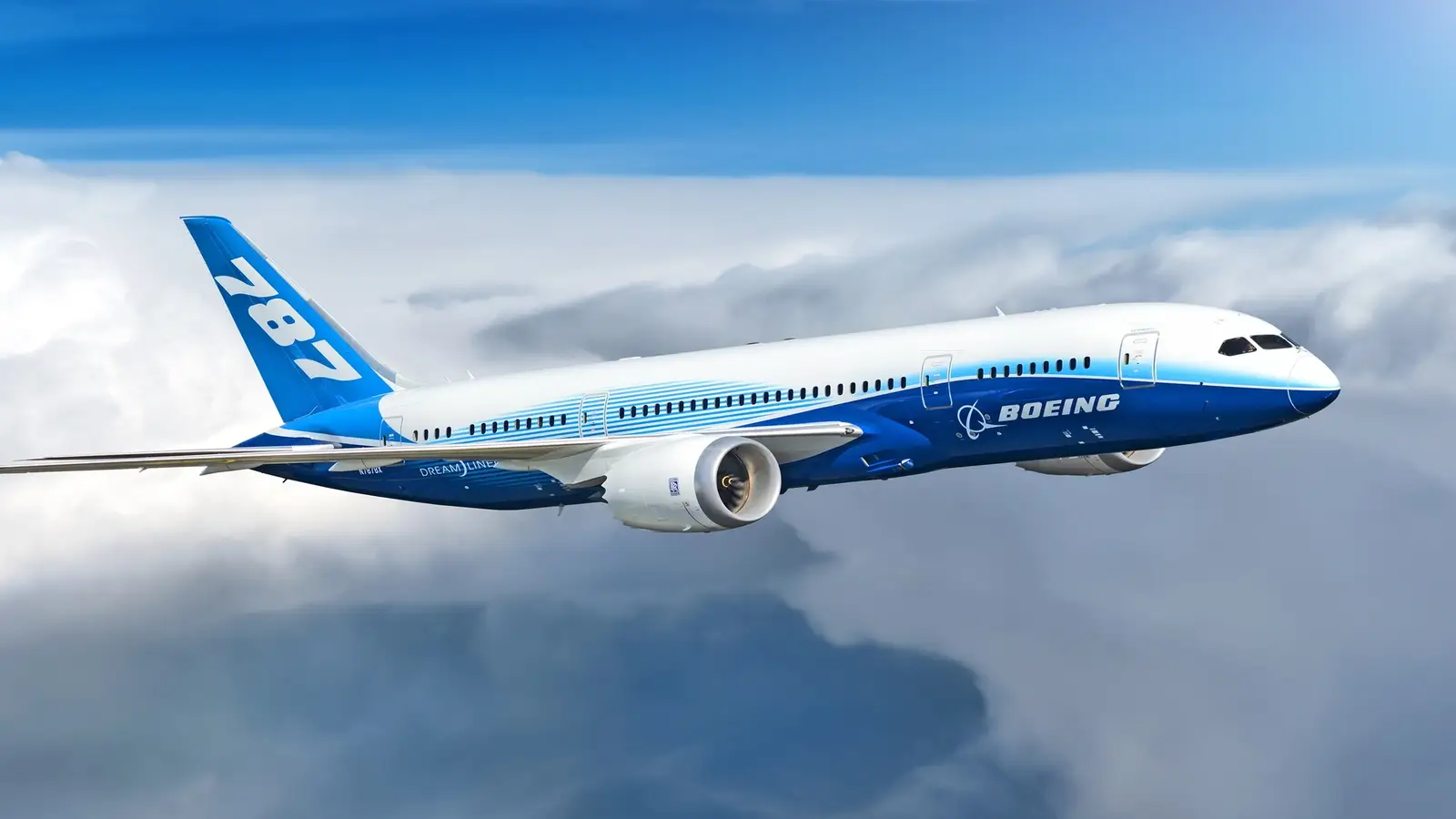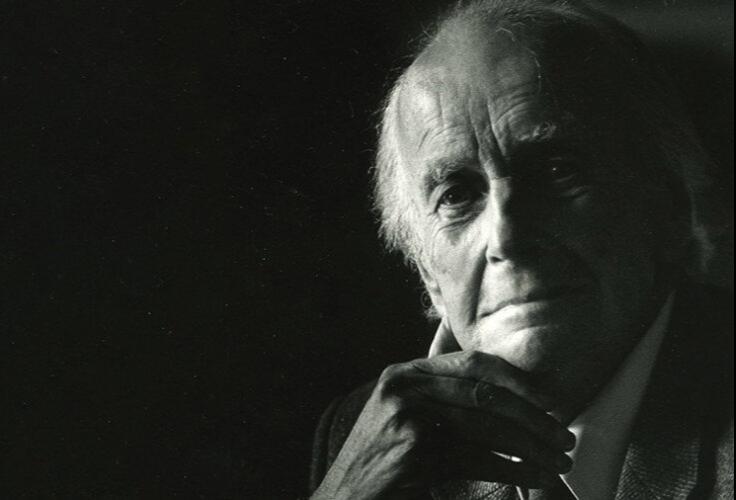
The Boeing 787 Dreamliner has quietly become the most commercially successful widebody aircraft in aviation history. In less than 14 years, the twin-aisle jet has carried over a billion passengers, flown nearly five million flights, and helped airlines unlock hundreds of nonstop routes that were once thought uneconomical. With more than 2,000 orders placed by nearly 90 customers, the Dreamliner has earned its place as the world’s best-selling widebody, reshaping how airlines think about long-haul travel.
The Dreamliner’s mix of efficiency, versatility, and global adoption gives Boeing a powerful advantage in the mid-to-long-haul segment. As the 787 continues to expand its lead, Airbus faces pressure to respond with fresh innovation, sharper positioning, and a long-term strategy that ensures it won’t be left behind in the most competitive part of the widebody space.
The Rise of the Dreamliner
When Boeing launched the 787 program, the ambition was to reshape the economics of long-haul travel. Instead of building ever-larger aircraft, Boeing bet on a mid-sized widebody capable of flying farther, faster, and cheaper than its predecessors. That gamble paid off handsomely. The Dreamliner became the first twin-aisle aircraft to surpass 2,000 orders, cementing its place as the best-selling widebody in aviation history.
The aircraft’s introduction was not without turbulence. Early development delays, battery issues, and supply chain hurdles raised doubts about its long-term viability. But once in service, the 787 quickly proved its worth, delivering substantial fuel savings and reliability to airlines eager to modernize fleets. Within a decade, the aircraft had carried hundreds of millions of passengers, becoming a staple on international routes.
Today, with over 1,175 Dreamliners flown for nearly 90 airlines, the 787 has firmly established itself as a backbone of global long-haul fleets. Its rapid adoption has changed the narrative from whether it could succeed, to how much further it can stretch its dominance over rivals.
Efficiency That Changed the Game
At the heart of the 787’s appeal is efficiency. Built with around 50% composite materials, it weighs significantly less than traditional aluminium-framed jets. Coupled with advanced aerodynamics and next-generation engines, the Dreamliner delivers roughly 20–25% lower fuel consumption compared with older widebodies. For airlines facing volatile fuel prices and tighter environmental regulations, that’s a transformative improvement.
The aircraft’s lower operating costs translate directly into profitability. Airlines can operate routes that previously would have been marginal or unprofitable, while passengers benefit from more nonstop choices at competitive fares. The economics of the 787 have been particularly valuable for airlines in regions like Asia and the Middle East, where long-haul growth is strongest.
Beyond just fuel burn, the 787 also offers lower maintenance costs and improved passenger comfort, thanks to higher cabin humidity, larger windows, and quieter engines. These features make it not just an efficient airplane for airlines, but also a favorite for travelers, a dual advantage that strengthens Boeing’s position.
Opening New Routes and Markets
Perhaps the Dreamliner’s greatest contribution to aviation has been its ability to open new nonstop routes. With a range of around 7,500 nautical miles (13,900 km), the 787 allows airlines to connect secondary cities directly, bypassing traditional hubs. This “long and thin” market, where smaller passenger loads still demand long range, was underserved before the Dreamliner.
Airlines such as All Nippon Airways, Qantas and United Airlines have used the 787 to pioneer routes like Tokyo–San Jose, Perth–London, and Denver–Tokyo, proving the concept’s viability. These flights not only attract premium passengers seeking convenience but also reshape global travel patterns, forcing competitors to adjust their networks. The current top ten longest routes by distance, according to FlightRadar24, of which four are operated by Boeing 787 variants:
By enabling the creation of, or improving efficiency and profitability on countless new nonstop routes worldwide, the 787 has fundamentally altered airline strategy. Hub-and-spoke models are no longer the only way to grow long-haul markets. Point-to-point travel is increasingly attractive, and Boeing’s aircraft sits at the center of that shift.
Airbus on the Defensive
For Airbus, the Dreamliner’s runaway success presents a challenge. The A330neo is the 787’s immediate competitor from Airbus. It was meant to compete in the same segment, but sales have lagged, with many carriers choosing the proven economics of the 787 instead. While the A350 is a similar airframe in the sense of being a revolutionary twin engine widebody, it isn’t generally seen as an immediate competitor, and has carved out success in the larger, long-range category, more likely to pitch up against Boeing’s very late-to-market 777X programme.
The danger for Airbus lies not just in lost orders, but in lost momentum. Airlines and lessors often follow market leaders, and the 787’s strong order book reinforces confidence among financiers. That creates a self-reinforcing cycle where Boeing’s jet becomes the default choice for many carriers planning their fleets. A side-by-side comparison of the A330-900 and 787-9, utilizing data from Airbus and Boeing.
Airbus must also contend with perception. The 787 is widely seen as a modern, efficient, and passenger-friendly aircraft, a reputation some people feel Airbus has struggled to replicate with the A330neo. While the A350 has been praised, it competes more directly with Boeing’s 777X, leaving Airbus exposed in the mid-size widebody space where the Dreamliner dominates.
Cracks in Boeing’s Armor
Despite its achievements, the 787 is not invincible. Production setbacks, quality-control lapses, and delivery delays have periodically frustrated airlines. Boeing’s well-documented supply chain challenges have at times slowed output and raised costs, creating opportunities for Airbus to position itself as the more reliable partner.
Another vulnerability lies in the regulatory and sustainability landscape. With governments pushing for lower carbon emissions, the next wave of efficiency improvements may come not just from aircraft design but also from compatibility with sustainable aviation fuels and hybrid technologies. If Airbus can leapfrog Boeing here, it may capture future market share.
Finally, customer diversification is key. While the 787 is flying with nearly 90 operators, Boeing’s heavy reliance on this program for widebody sales exposes it to risk if demand ever cools. Airbus could capitalize by offering a broader portfolio of aircraft with incremental upgrades, reducing Boeing’s dominance in any one segment. On top of this, the 787 design is already ageing, with technology and development having already moved on; some airlines have already started scrapping their 787s. Whilst the aircraft is still a viable option for airlines and orders are still being placed, could we see a change in the market over time if Boeing shows a lack of foresight with either replacing or redeveloping the 787?
Should Airbus Be Worried?
The Boeing 787’s success is not a fleeting trend; it represents one of the first steps in a long-term shift in the widebody market. By combining efficiency, range, and passenger appeal, the Dreamliner has redefined what airlines expect from a twin-aisle jet. Its record sales and widespread adoption underscore the confidence the industry has in its capabilities.
For Airbus, the pressure is clear. Its current lineup has strengths, particularly with the A350, which has trounced the 777X so far. But the lack of a true direct competitor to the 787, which has gained traction with airlines, in the mid-size widebody market presents a vulnerability. Unless Airbus responds with bold innovation or a next-generation aircraft program, it risks ceding this space to Boeing for years to come.
In aviation’s high-stakes duopoly, no victory is ever permanent. But for now, the Dreamliner’s dominance is undeniable, and it leaves Airbus with hard questions about how to reclaim lost ground in one of the most competitive and lucrative segments of commercial aviation.



